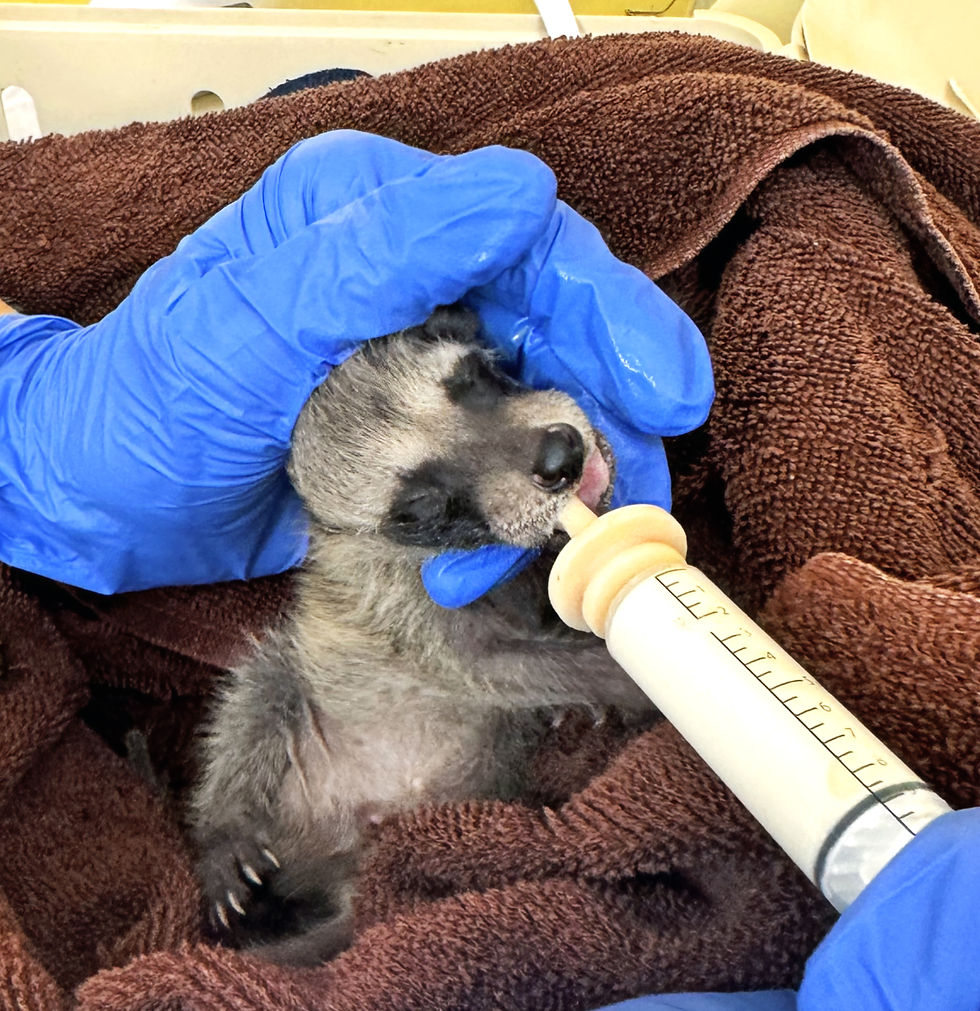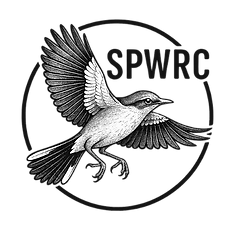A Guide to Young Wildlife Encounters
- Sarah Hollers
- Jun 19
- 1 min read
Updated: Jul 2

When to Help — and When to Step Back:
Spring and summer bring a flurry of baby wildlife — fawns curled in tall grass, fledgling birds hopping on the ground, or tiny bunnies nestled in shallow nests. It’s natural to want to help, but sometimes the kindest thing you can do is walk away.
When to Leave Them Alone
Most young animals are not abandoned — their parents are simply nearby, watching

and waiting for you to leave. Here’s when to let them be:
Baby birds (fledglings): If they have feathers and are hopping around, they’re learning to fly. Parents are still feeding them.
Bunnies: Mothers visit only a few times a day to avoid drawing attention. If the nest is intact and the babies look healthy, leave them be.
Squirrels or raccoons: If they appear alert and uninjured, the mother is likely nearby and will retrieve them when it’s safe.

When to Intervene
You should contact a licensed wildlife rehabilitator if:
The animal is visibly injured (bleeding, limping, cold, or lethargic).
You know the parent is dead (e.g., hit by a car).
The animal is in immediate danger (e.g., near a road or attacked by a pet).
A nest has been destroyed, and the babies are exposed or chilled4.
What Not to Do
Don’t feed or give water — improper feeding can be fatal.
Don’t try to raise wildlife yourself — it’s illegal in many states and harmful to the animal’s survival skills.
Don’t assume a baby alone is orphaned — observe from a distance first.
_edited.png)










Comments